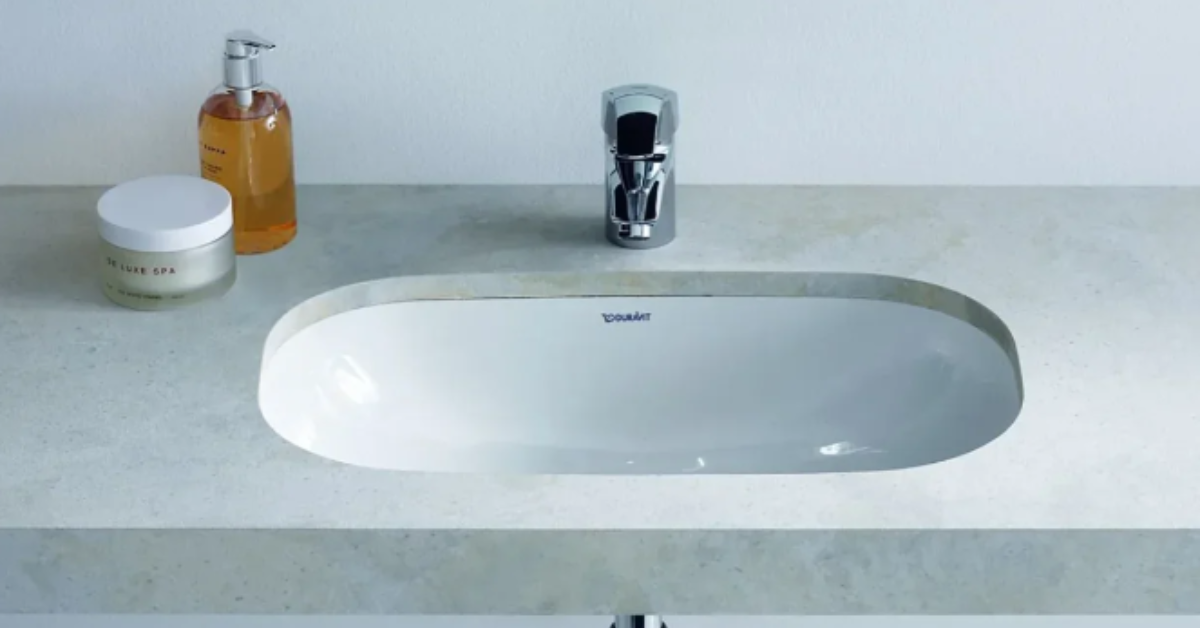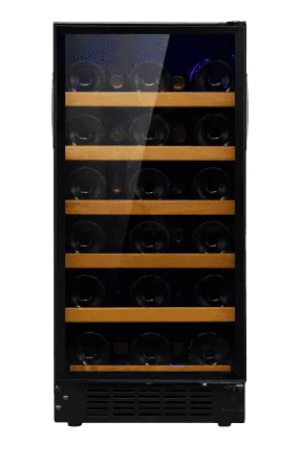Choosing the Perfect Basin for Your Bathroom or Kitchen: A Comprehensive Guide
A Basin is an essential fixture in both kitchens and bathrooms, serving as a functional and aesthetic component. Whether you’re renovating, building a new home, or simply upgrading your space, selecting the right basin can significantly impact the overall look and feel of your room. Here’s a guide to help you choose the perfect basin for your needs.
Types of Basins
- Pedestal Basins Pedestal basins are a classic and elegant option. They consist of a basin supported by a single pedestal, which hides plumbing for a clean and stylish appearance. These basins are often chosen for traditional bathroom designs but can also suit smaller bathrooms where floor space is limited.
- Wall-Mounted Basins Wall-mounted basins are attached directly to the wall, giving a modern, minimalistic look. These basins are perfect for contemporary bathrooms, especially in smaller spaces where you want to maximize floor space. The exposed plumbing can add a touch of industrial style.
- Countertop Basins Countertop basins sit on top of the counter and are a popular choice in modern bathrooms. They offer a stylish, luxurious look and come in various shapes and sizes. They work well with spacious vanity units, allowing for extra storage space.
- Undermount Basins An undermount basin is installed beneath the countertop, creating a sleek, seamless look. It’s an excellent choice for people who prefer a clean, minimalist style, as it eliminates any visible edges around the basin. These basins are also easy to clean, as water and debris can be wiped straight into the sink.
- Semi-Recessed Basins Semi-recessed basins are partially integrated into the countertop, leaving part of the basin exposed. They offer a balance between the benefits of an under-mount and countertop basin. This design is often used in spaces where the counter space needs to be maximized while still maintaining a modern appearance.
- Freestanding Basins Freestanding basins, also known as standalone basins, offer a dramatic design element. They are typically made from solid materials such as stone, acrylic, or ceramic and can make a bold statement in a bathroom. These basins are especially popular in luxury bathrooms and spas.
Materials Used in Basin Construction
- Ceramic Ceramic is one of the most commonly used materials for basins due to its durability, ease of cleaning, and timeless appeal. It’s resistant to stains, scratches, and heat, making it an ideal choice for both bathrooms and kitchens.
- Stone Stone basins are a luxurious option, offering a natural and earthy look. They can be made from materials such as granite, marble, or composite stone. Stone basins are durable and unique, often becoming the focal point of a room due to their natural variations in texture and color.
- Glass Glass basins have become a popular choice for modern bathrooms due to their sleek, translucent appearance. Available in clear, frosted, or tinted varieties, glass basins can add a touch of elegance and sophistication to your bathroom. However, they may require more maintenance to keep clean and free from water spots.
- Stainless Steel Stainless steel basins are a practical and durable option for kitchens, providing a sleek and modern look. Known for their resistance to stains, rust, and corrosion, stainless steel is an excellent choice for high-traffic areas.
- Acrylic Acrylic basins are lightweight, affordable, and available in a variety of shapes and colors. While not as durable as stone or ceramic, acrylic basins are ideal for smaller budgets or if you’re looking for an easy-to-install option.
Key Considerations When Choosing a Basin
- Size and Shape The size and shape of your basin will depend on the space available and your personal style. For smaller bathrooms or powder rooms, a compact, wall-mounted or pedestal basin might be the best choice. Larger bathrooms may benefit from a countertop or freestanding basin, which can be a statement piece.
- Functionality Consider how you plan to use the basin. If it’s in a bathroom, will it be used for simple handwashing, or do you need a larger basin for tasks like washing your face or soaking delicate items? In kitchens, a deeper, more durable basin may be necessary for food preparation and cleaning.
- Design and Style The basin you choose should complement the overall design and aesthetic of your bathroom or kitchen. Whether you prefer a modern, traditional, or industrial look, there are basins available to suit every style. Think about the material, color, and shape that will best match your room’s decor.
- Installation Requirements Some basins require more complex installation, such as wall-mounted or undermount basins. Be sure to consider the plumbing and space requirements for the chosen basin, as well as whether professional installation is needed.
- Maintenance Different materials require different levels of care. Ceramic and stainless steel are relatively low-maintenance, while stone and glass may require more attention to keep them looking pristine. Make sure you’re comfortable with the maintenance level of your chosen basin.
Conclusion
Choosing the right basin for your kitchen or bathroom involves balancing style, functionality, and maintenance. With so many options available, you can easily find a basin that enhances your space while meeting your practical needs. Consider the size of your room, your aesthetic preferences, and how you plan to use the basin when making your selection. By carefully considering these factors, you’ll be sure to choose the perfect basin for your home.







